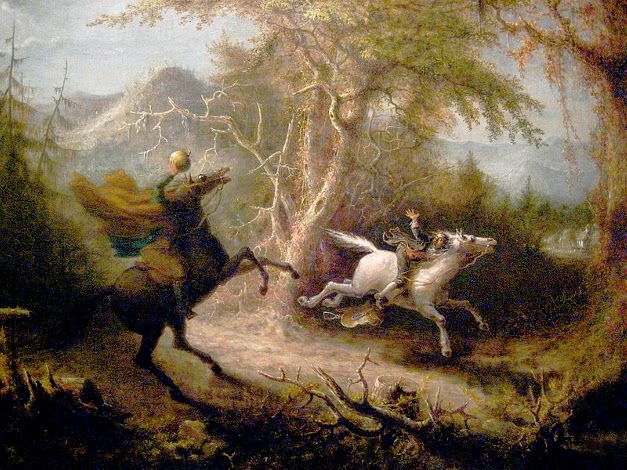Review of Where Love Is, There God Is Also
Where Love Is, There God Is Also (Leo Tolstoy, compiled by Lawrence Jordan, Fleming H. Revell, 2001, 93 pages, cloth), serves as a powerful introduction to Leo Tolstoy’s (1828-1910) gospel-based short stories for those familiar with his earlier works, War and Peace and Anna Karenina, and his wider array of short stories with a secular focus, as well as for those whose literary wanderings exclude the great Russian. The book contains three short stories, “Where Love Is, There God Is Also,” “The Three Hermits,” and “What Men Live By,” each written by Tolstoy after he had renounced his earlier works as “products of an idle brain.” These stories give us an understanding of the practicality of Christ’s teachings for daily living. They remind us, through direct confrontation with Tolstoy’s brutally honest prose, that to be faithful to Jesus Christ we must move beyond mere mental and verbal assent to His teachings into the realm of assent and practice, of faith and works. This key but oft-neglected principle of Christian theology, that faith is inseparable from works, finds an ardent defender in Tolstoy.
“Where Love Is, There God Is Also” tells of a cobbler, Martuin Avdyeitch, who, after a series of personal misfortunes, begins to read the Gospels over and over again. His readings begin to consume all his spare time, even when “…all the kerosene in the lamp would burn out.” After reading the passage in St. Luke’s Gospel about the women who anoints Christ’s feet while He dines at Simon’s house (St. Luke 7:36-50), Avdyeitch falls asleep. He hears the voice of Christ say “Look tomorrow on the street. I am coming.” Avdyeitch spends the next day awaiting Christ’s visit. Looking out of his window throughout the day as he works, he sees five people in need of help, and works to meet their needs. As he practices what he has learned through reading the Gospels about love and servanthood, he continues to watch for Christ. “Where Love Is, There God Is Also” captures the essence of Christ’s teaching in St. Matthew 25:35-36: “For I was hungry and you gave Me food; I was thirsty and you gave Me drink; I was a stranger and you took Me in; I was naked and you clothed Me; I was sick and you visited Me; I was in prison and you came to Me.” The piercing, beautiful story illumines the Gospel truth that by loving and serving others, we love and serve Christ, and obey both His words and His deeds.
“The Three Hermits” tells of an Orthodox bishop on a sea voyage who learns of three monks who live on a small island. He convinces the captain of the ship to go close enough to the island so he can row in to visit the hermits and give them some spiritual instruction. When he learns that their prayers are very simple, he attempts to teach them the Lord’s Prayer, which he finally succeeds in doing after a whole day’s work. Returning to the ship with the sound of the hermit’s voices in his ears, he lays down to sleep as the boat leaves. What happens next breaks the bishop’s pride as he realizes how advanced these men are in the spiritual life, even though they are ignorant of correct prayers and systematic theology. Again, the beauty of faith and works finds clear expression in the lives of these simple but fervent monks: we must receive the kingdom of God with the faith of a child in order to receive it at all (Luke 18:17), and those who want the kingdom of God must take it by force (Matthew 11:12).
The final story, “What Men Live By,” tells of an angel, Mikhaila, who is punished for disobedience by being incarnated and sent to live among Russian peasants until he learns three important lessons: what is in men, what is not given to men, and what men live by. As the angel works in a cobbler’s shop, he observes human nature and human events, and through this learns important Gospel truths that he had not grasped before. The angel does not learn these truths through mere hearing, but through witnessing the people around him succeeding and failing to live out what they believe. What men live by is, of course, God, and here Tolstoy reminds us of one of the most important truths of the Gospel: that man does not live by bread (or anything) alone, but by every word that proceeds from the mouth of God (Matthew 4:4).
Tolstoy, in these three short stories collected in Where Love Is, There God Is Also, does not attempt to tell tales to replace the stories of Christ, or to improve on them, but to show us the ease with which we can confound the wisdom of the world simply by putting these teachings into practice. Offering short stories as a means to present the working out of the Gospel in our common lives represents a most noble use of literature by this literary master.
-Jeffrey Dennis Pearce


